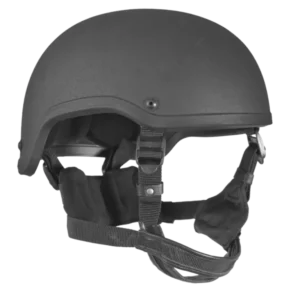Choosing Tactical Helmets for Law And Military Use
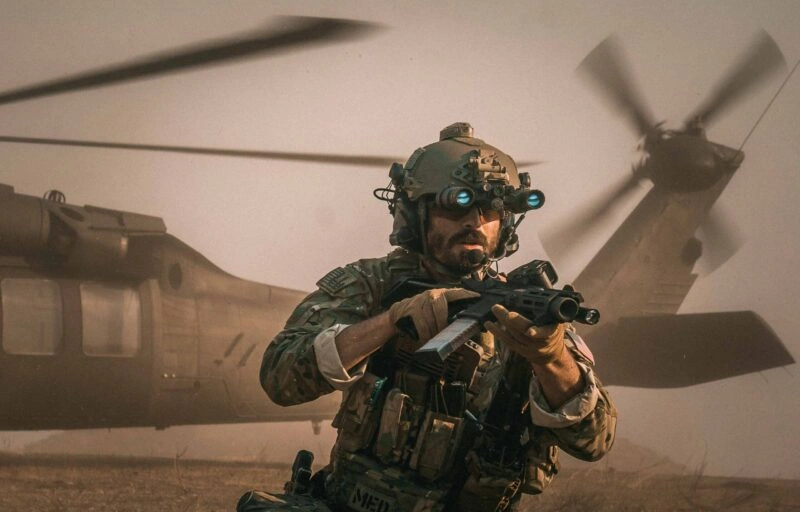
Protection gear is essential for mission accomplishment and survivability in today’s military and law enforcement missions. The tactical helmet stands high among the most vital elements of individual protection. Far from just headgear, helmets today are designed to provide ballistic protection, enhance communication and vision systems, and enable comfort on long missions. However, choosing a helmet is not just about selecting the highest-rated gear—it’s about selecting the right gear for your specific role, threat level, and operational needs. Shop the 3A ACH High Cut Helmet – built for protection and performance.
Types of Tactical Helmets
It’s essential to clarify the most common types of tactical helmets used by military and law enforcement officers. They all have a purpose, and the appropriate one relies heavily on your mission profile.
1. PASGT (Personnel Armor System for Ground Troops)
PASGT (Personnel Armor System for Ground Troops) was introduced in the 1980s and was made from Kevlar®. It offered solid ballistic protection with full coverage, including the ears and back of the head. However, it is relatively heavy and incompatible with modern equipment, such as night vision devices or communication headsets. As a result, it’s now mostly used by reserve or support units.
2. MICH / ACH (Modular Integrated Communications Helmet / Advanced Combat Helmet)
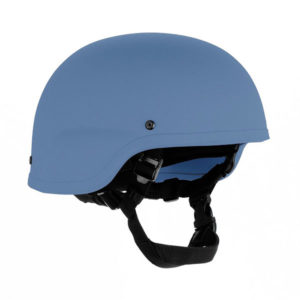
MICH was created in the early 2000s to address the shortcomings of PASGT. It is lighter, more comfortable, and designed for use with communication equipment. The ACH was introduced in 2003 as an enhanced MICH helmet, offering increased protection, comfort, and compatibility with tactical equipment. Both offer NIJ Level IIIA protection and are extensively used in combat operations.
3. ECH (Enhanced Combat Helmet)
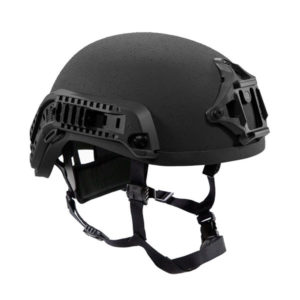
The Enhanced Combat Helmet (ECH) is a more advanced version of the ACH, made from ultra-high-molecular-weight polyethylene (UHMWPE). It offers improved protection against rifle rounds and fragmentation while being lighter than previous models. Its design retains compatibility with standard gear while significantly increasing ballistic resistance.
4. FAST (Future Assault Shell Technology)
The FAST Helmet is designed for special forces. It features a high-cut design allowing better integration with headsets and accessories. It includes rail systems for mounting equipment, such as night vision devices. Although it provides slightly less coverage, it is lightweight and highly modular, making it ideal for fast-moving tactical operations.
Tips for Choosing the Right Tactical Helmet for Military and Law Enforcement
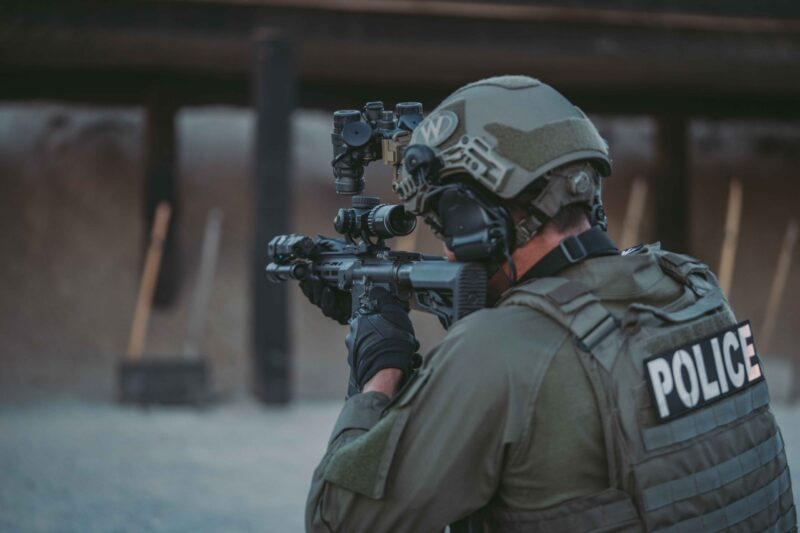
Will you face ballistic threats? Do you need night vision or communication gear? Will you be in the city, in a hot environment, or on the water? By understanding these factors, you can select a helmet that strikes a balance between performance and practicality.
1. Understand Ballistic Protection Levels
The most important feature of any tactical helmet is protection. Helmets are typically rated according to the NIJ (National Institute of Justice) standards. Level IIIA helmets are a good starting point for the majority of military and law enforcement users — they offer protection from handgun rounds, shrapnel, and blunt impact.
The 3A ACH High Cut Ballistic Helmet by Chase Tactical is an example. NIJ Level IIIA rated, it provides coverage against various handgun threats in a light package. Built from leading-edge aramid composites, the helmet maximizes protection while maintaining mobility, which is ideal for high-risk missions where every ounce counts.
2. Choose the Correct Helmet Cut for Your Role
Tactical helmets come in various cuts — high-cut, mid-cut, and full-cut — each intended to address particular operational needs.
High-cut helmets are most effective for special forces and tactical police units. They allow space for hearing protection and comms gear and are light enough to permit improved mobility.
Mid-cut helmets strike a balance between protection and modularity, making them suitable for standard infantry or police tactical units.
Full-cut helmets provide maximum coverage, generally utilized in riot control or high-risk applications when blunt trauma is more of a risk than weight.
3. Evaluate Materials and Weight
The materials used in a tactical helmet significantly impact its protection and the wearer’s comfort during prolonged use. Ballistic helmets are now made of Kevlar®, UHMWPE (Ultra-High Molecular Weight Polyethylene), or hybrids mixing the two. Hybrid models are very strong without adding much weight.
Weight contributes to operational performance. Fatigue, reduced mobility, and decreased performance can result from a heavy helmet, especially in long missions.
4. Comfort and Fit Are Mission-Critical
Protection is worthless if the helmet does not stay securely fastened or becomes so uncomfortable that it distracts the wearer. The ideal helmet should have an adjustable harness, suspension system, and impact-absorbing padding.
A properly fitted helmet encourages comfort and safety by staying in position while moving, impacting, or recoiling.
Make sure the helmet has:
- Moisture-wicking liners
- Ventilation channels
- Quick-adjust chin straps
Little things matter when it comes to extended use in adverse conditions.
5. Mounting Systems and Accessory Integration
Tactical helmets are not just about head protection—they serve as platforms for essential equipment. Being compatible is important, be it night vision goggles (NVGs), helmet cameras, strobe lights, or comms headsets.
The Helmet should feature built-in ARC rails and an NVG shroud, allowing mission-critical accessories to be attached seamlessly. This modularity allows your helmet to adapt to your needs without requiring a new setup.
6. Environmental Resistance and Durability
A tactical helmet must endure more than mere impact. Consider where it will be used: blinding heat, rain, dust, saltwater, or chemical exposure. Weather resistance and strength are most likely taken for granted but are essential to ensure long-term performance.
Top-of-the-line helmets are constructed with corrosion-resistant finishes, water-resistant materials, and rigorous testing standards to ensure optimal performance in challenging environments.
7. Budget vs. Mission Needs
Tactical helmets can cost anywhere from a few hundred to a few thousand dollars. Budget is a real factor, but focus on value, not price. A slightly more expensive helmet with greater comfort, modularity, and protection might save lives or reduce long-term wear and tear and injury.
View the helmet as an investment in survivability and mission readiness. The Chase Tactical model, priced at approximately $665.95, is a mid-premium option that offers a great balance of cost, capability, and overall durability.
Final Thoughts
Choosing the right tactical helmet is all about corresponding protection needs with mission-based requirements. From ballistic protection to comfort, everything must be carefully analyzed.
For military and law enforcement personnel requiring a helmet that excels in every aspect — safety, comfort, modularity, and durability — the Chase Tactical 3A ACH High Cut Ballistic Helmet is a dependable option worthy of serious consideration.
FAQs
How much protection do most tactical helmets offer?
Most modern tactical helmets, used by police and the military, are Level IIIA rated and can stop most handgun threats and shrapnel.
Are high-cut helmets superior to full-cut helmets?
High-cut helmets are modular and used for communication headsets and night vision device operations. Full-cut helmets are more protective, but they are heavier and less flexible.
Can I use the same helmet for both military and law enforcement purposes?
Yes, the same helmet can be used for both military and law enforcement purposes.
Several helmets are versatile enough to meet the requirements of both military and tactical police operations, as long as they meet the mission-specific requirements.

